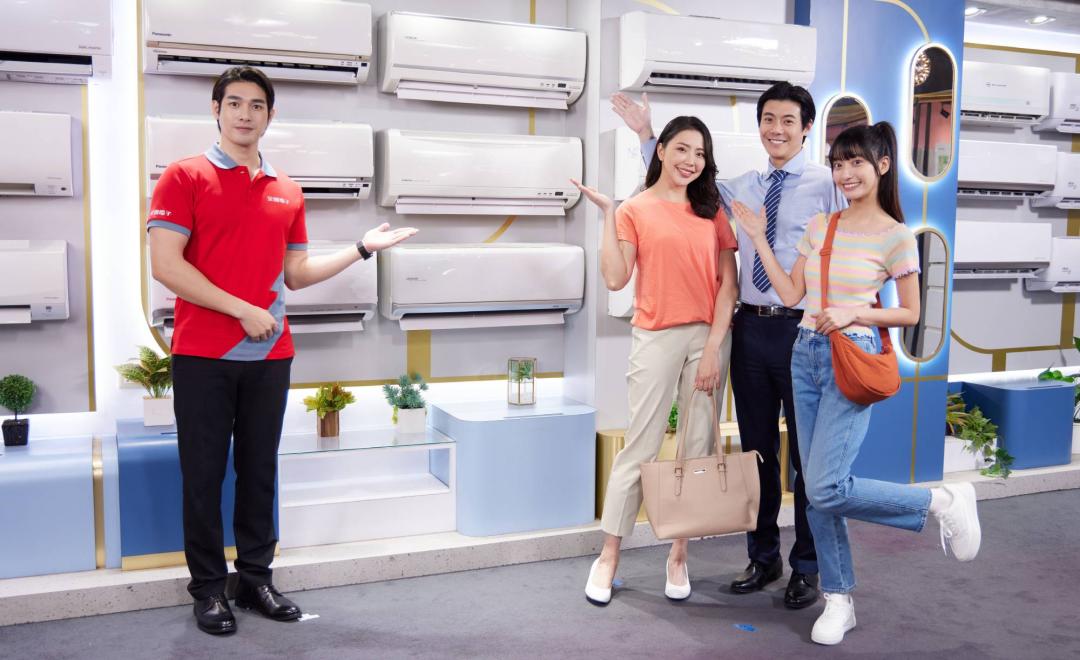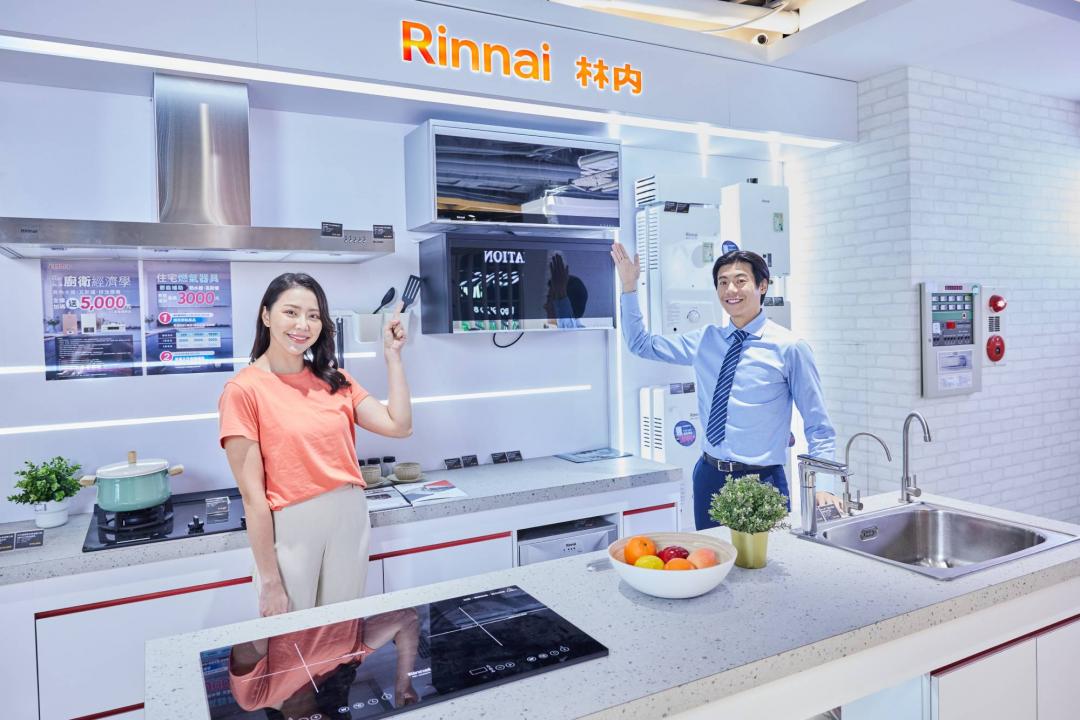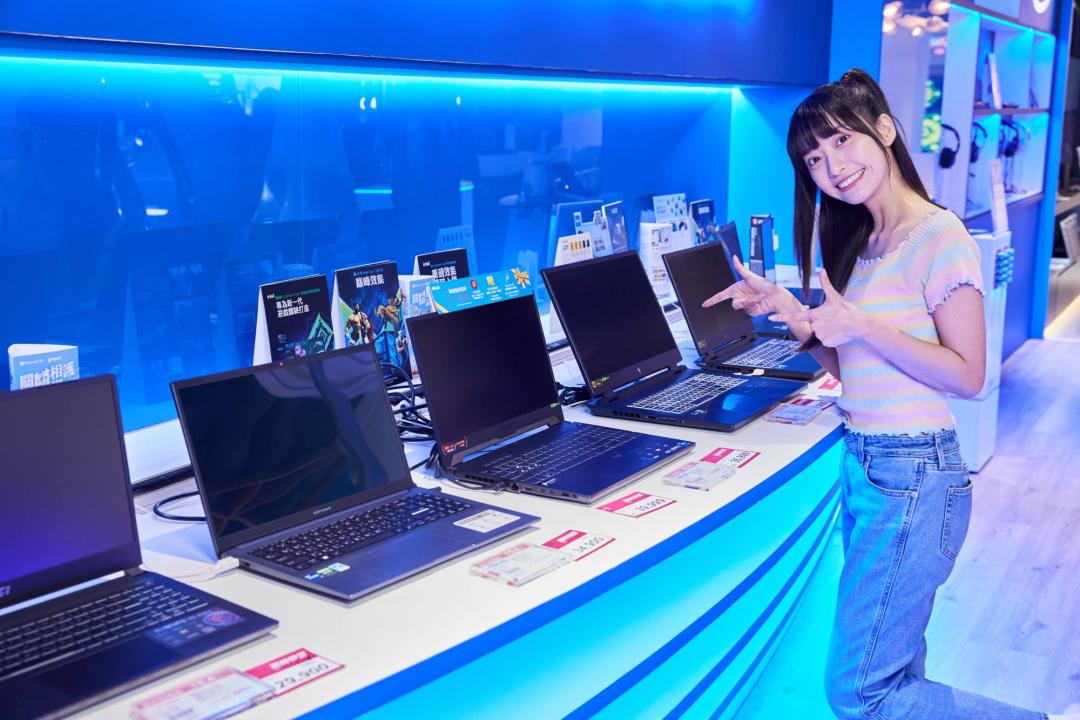台北收購
The last time I was at Mobile World Congress in Barcelona in 2019, foldables were the new hotness in town. Samsung had announced — but not released — its first Galaxy Fold, and Huawei showed off a foldable of its own at the show — the Mate X. Four years and one pandemic later, and Lenovo is back at the same show to make a pitch for a subtly different kind of future, one where laptop and smartphone screens alike can gradually expand to offer more screen real estate, rather than needing to be completely unfolded like books.
I was treated to a firsthand look at both devices, which were first teased by the company last October. There’s a rollable laptop and a rollable smartphone that Lenovo is currently branding as a Motorola device. (Lenovo acquired the phone brand almost a decade ago in 2014.) But Lenovo is emphasizing that both are early proof of concept devices, and representatives wouldn’t answer any of my questions about when they might be released to the public or how much they might cost when they do. I didn’t even get a chance to hold the devices for myself.
But both of them offer an interesting glimpse at how transforming screens might influence the future of phones and laptops alike — and highlight the kinds of functionality that might be possible once you leave behind the idea of a screen as an immovable flat object.
Before we get into the concept laptop’s signature feature, it’s worth pointing out just how unassuming the device looks before its screen unrolls. Lenovo had the device sitting alongside its other laptops in a conference suite, and not a single one of the dozen or so journalists in attendance clocked that it was anything other than a standard ThinkPad. In its unextended form, it’s got a regular-looking 12.7-inch display with a 4:3 aspect ratio.
That all changes with a flip of a small switch on the right of the chassis, at which point you can hear some motors whirring and the screen extends upward. That switch causes a couple of motors in the laptop to spring into action, pulling the screen out from underneath the laptop’s keyboard to hoist it up more or less vertically in front of you. It’s an admittedly slow process on this concept device (from our footage, it seems to take a little over 10 seconds to fully extend), but eventually, you’re left with an almost square 15.3-inch display with an 8:9 aspect ratio.
It’s like having two 16:9 displays on top of one another
The device brings to mind LG’s fancy (and eye-wateringly expensive) rollable TV that’s designed to roll away when you’re not using it, only in Lenovo’s case, the screen is rolling down into the laptop’s keyboard rather than a small box, and it also can’t roll away entirely. Once fully extended, Lenovo’s laptop screen has a small crease where its screen originally bent underneath the keyboard. But again — it’s a prototype.
In terms of resolution, the display is 2024 x 1604 when it’s in small mode and 2024 x 2368 when fully extended. So, in theory at least, it’s pretty usable without having to fully extend the display. The screen is supplied by Sharp, which is also the company Lenovo’s worked with on its ThinkPad X1 foldable laptops. Display competitor Samsung Display has also announced it’s working on rollable laptop displays with Intel, but its prototype didn’t appear to have a keyboard attached.
When fully unrolled, Lenovo’s rollable laptop has a weirdly tall display with an 8:9 aspect ratio, which the company points out is like having two 16:9 displays on top of one another. It’s not dissimilar to the dual-screen Yoga Book 9i we tried out at CES and which is due to release in June. It’s a form factor that could be useful to anyone who struggles to work on a single small laptop display and has considered buying an external display (or, indeed, iPad) to work as a portable second monitor.
Lenovo thinks such a tall display could be helpful for both office workers and creative professionals alike, offering everything from more lines of code to more cells in a spreadsheet — or, for me personally, being able to write on the bottom half of the display while keeping notes and sources visible in the top half. Plenty of people like to use vertical monitors with their desktop PCs, and Windows has no problem stacking windows above and below one another.
Despite how polished the device looked in our demo, Lenovo is clearly nowhere near ready to release its rollable concept as a consumer-ready device. I asked about durability, and Lenovo would only say that it’s aiming to get to 20,000 to 30,000 rolls, the same ballpark as its foldable ThinkPad X1. (I admit this doesn’t sound like much compared to the hundreds of thousands of folds that foldable smartphones tend to be rated for, but I guess you unfold and fold a laptop less regularly throughout a workday.) The company was not forthcoming about how many rolls the prototype can currently survive.
I also had questions about weight and battery life. Lenovo wouldn’t tell me how much the laptop weighs, and I wasn’t allowed to pick it up myself (trust me, I asked). Ideally, you’d want this thing to be both lighter than carrying around a laptop plus a portable monitor, as well as being more compact, but we’ll have to wait and see on the former point. And apparently, the rollable laptop’s unrolling mechanism draws a couple of watts of power while in motion, which doesn’t sound ideal at a time when many laptop batteries can still struggle to make it through a day of use.
That said, Lenovo is one of the few laptop manufacturers to have actually released a foldable laptop, which gives me some confidence that its rollable concept might one day become a reality. Its original ThinkPad X1 Fold came out in 2020, and a second-generation model was announced last year — though it’s yet to make it to market after having missed its November ship date.
Lenovo’s other rollable device it’s demoing at MWC is a Motorola smartphone. We’ve seen numerous companies including Samsung Display, Oppo, TCL, and even LG (RIP) show off rollable concept devices in various stages of development over the years, but we’ve yet to see the technology break through in a consumer device.
The company referred to the phone as the “Motorola rollable smartphone concept” in my briefing, but hidden on the rear-side of the display a more consumer-friendly name was printed: Rizr. That’s a throwback to a series of sliding feature phones the company released over a decade ago.
Like a foldable, the idea is that a rollable smartphone can be small when you need it to be portable and big when you need more screen to get the job at hand done. In the Rizr’s case, that means it can have a small square of a display that gets longer when necessary. It’s almost like a foldable flip phone but without a secondary cover display because it’s the same screen the entire time.
When all neatly rolled up, the Motorola rollable offers a five-inch display with a 15:9 aspect ratio. Then, with a small double tap of a side button, the screen unfurls to give you a remarkably tall 6.5-inch display with a 22:9 aspect ratio.
Motorola gets a lot of mileage out of this seemingly simple design. There are the obvious use cases, like being able to watch a video at its native aspect ratio with no black bars or getting a larger screen when you want to write an email. Motorola’s idea is that the Rizr will automatically adjust its screen to better suit different apps, and it hopes the final version will let users customize how big they want the screen to be for each use case.
There are also some less obvious elements of the device. Because the rollable screen is rolling around the bottom of the phone rather than disappearing inside its chassis, you’re left with a small secondary display on its back when it’s rolled up. Software features for this include using it as a viewfinder when you’re taking selfies with the phone’s rear cameras. Lenovo has even included a feature where the rear display plays cute eye-catching animations to get a child to look at the phone when you want to take a photo of them. That said, if the cover display on foldable flip phones from the likes of Samsung and Oppo are anything to go by, finding genuinely useful things for diminutive screens like this to do can be a challenge.
Another cool touch is that the display can hide the selfie camera and earpiece and rolls down to reveal them when you make a phone call or go to take a selfie.
Like with the laptop, the Motorola Rizr is a proof of concept, and there were a lot of questions the company didn’t have answers to, like how many rolls the screen can survive. There’s no wording on price and not even a hint on when this device could release. I wasn’t given the opportunity to hold or use the device myself.
But again, given Motorola’s track record with foldable phones (remember the Razr reboot?), I think there’s a non-zero chance of this tech appearing in a Motorola-branded phone someday.
In 2019, it seemed like foldable phones were about to become the next big thing in the world of smartphones. But four years later, it feels like we’re still waiting for this future to become a mainstream reality. Lenovo would be the first to admit that its rollable concept devices are far from ready for prime time, but they offer a compelling argument for an alternative, rollable future.
Update March 3rd, 10:30AM ET: Updated to note the Rizr name printed on the rear of the sliding screen.
Photography by Jon Porter / The Verge
 全國電子4月破盤起跑,推出4大家電65折起、全館家電9折等優惠。(圖/全國電子提供)
全國電子4月破盤起跑,推出4大家電65折起、全館家電9折等優惠。(圖/全國電子提供)
台灣自4月調漲電費,推升民眾對節能家電的意識,家中的老舊冷氣、冰箱恐怕是可怕的「吃電怪獸」,政府鼓勵汰舊換新,今年繼續延長節能家電補助,因申辦踴躍,預算有可能提早售罄,提醒有需求的民眾儘早把握時間。
全國電子自今(12日)起至4月21日舉行破盤活動,推出多項優惠,包括4大家電65折起、全館家電9折,還有指定
台北收購筆電77折起。另外,全館商品單筆消費滿額可獲「1元放大術」加碼優惠,只要加1元就能多帶回一台冰箱或其他家電。
 4月底前買熱水器、瓦斯爐最高回饋上看10,000元。(圖/全國電子提供)
4月底前買熱水器、瓦斯爐最高回饋上看10,000元。(圖/全國電子提供)
破盤期間,空調、冰箱、洗衣機及電視一率享65折起折扣,目前正值空調早販檔期,全國電子提供「總統級精緻安裝」和8年免費延長保固,同時能以優惠價格加購Dyson空氣清淨機、Sharp水波爐等熱門家電。民眾不妨趁早販檔期購機,除了優惠幅度深,也避免熱銷旺季需排隊等安裝的情形。另外提醒,熱水器、瓦斯爐的政府補助只到4月30日。
除了折價,全國電子在破盤檔也針對各大家電祭出豐富的滿額優惠,例如選購指定冰箱、洗衣機滿20,000元送尊爵舒眠羽絨被;滾筒洗衣機20,000元以上指定機型,送廣鼎多功能防水藍牙喇叭,50,000元以上指定機型則送聲寶輕巧mini三明治機。指定電視滿20,000元也送尊爵舒眠羽絨,滿40,000元有伊萊克斯吸塵器、Sodastream氣泡水機或康生肩頸按摩器好禮三選一,亦有機會帶走全國電子電子禮券10,000元。
 瞄準AI PC風潮,指定
瞄準AI PC風潮,指定
台北收購筆電享77折起。(圖/全國電子提供)
瞄準AI PC、AI手機風潮,全國電子加碼指定
台北收購筆電77折起,再享價值超過8,000元回饋好禮,含最高送3,000元折價券;微軟Office 365、飛利浦十合一行動電源或華碩
台北收購筆電延保卡好禮三選一;Jabra頂級藍牙耳機提供優惠加購價,現省2,000元。3C舊換新最高折抵47,400元。
在小家電方面,同樣是滿滿優惠,包括Dyson指定單品下殺58折起、Honeywell空氣清淨機指定機型買大送小、指定微波爐滿萬元送1,000元現金、指定咖啡機滿萬元送1,000元禮券等。
另外,4月底前,全國電子LINE好友全館商品單筆消費滿20,000元可參加抽獎,有機會抽中市價8萬元的郵輪之旅雙人行。
台北收購
台北收購